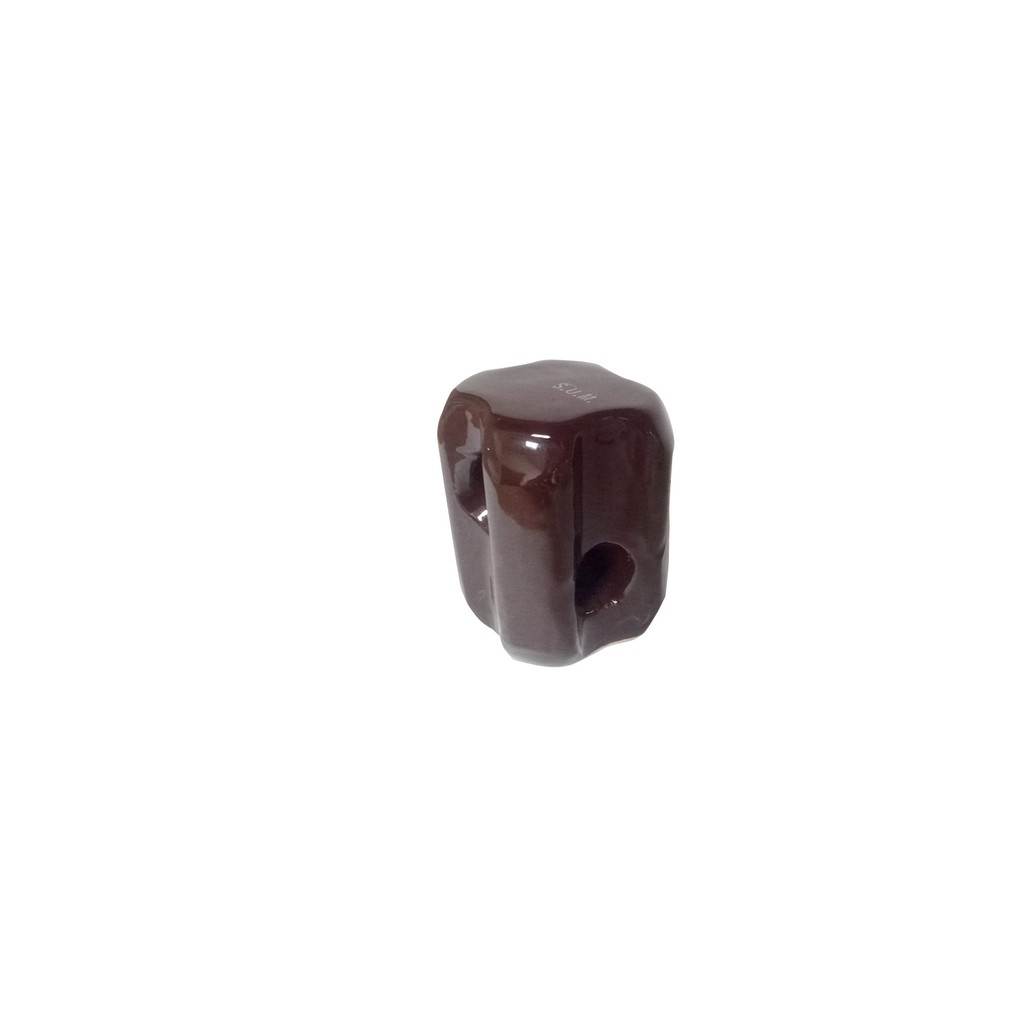Ball insulators are mainly used to insulate and support different electrical transmission and distribution lines by suspending the wires and providing some type of insulation. The ball insulators are made from various materials such as porcelain, glass, or polymer, which have high dielectric strength to withstand high voltages. They are designed to withstand harsh environmental conditions and require little maintenance without affecting their lifespan which makes them a cost-effective solution for electrical insulation in overhead power lines.
Ball Insulator Prices
The price of ball insulators can vary depending on their materials and sizes, which on average ranges between ₱15.00 to ₱55.00.
| Description | Size | Price |
| Ball Insulator | 801-S | ₱15.00 |
| Ball Insulator | 802-B | ₱22.00 |
| Ball Insulator | 532-S | ₱32.00 |
| Ball Insulator | 532-B | ₱55.00 |
| Ball Insulator | 901-S | ₱15.00 |

Advantages of Ball Insulator
High Electrical Insulation – The main advantage of a ball insulator is its insulation properties that allow it to be able to withstand high voltages without conducting electricity as this trait prevents electrical current from passing through.
Mechanical Strength – The ball insulator’s high mechanical strength makes them perfect for supporting heavy loads of wires or conductors without having any signs of breaking or deforming.
Weather Resistance – The ball insulator is typically made of porcelain which gives it weather resistance and makes it usable for outdoor applications as it can withstand various environmental conditions, including rain, sunlight, and temperature fluctuations.
Long Lifespan – Most ball insulators are made from porcelain which is a durable material that can last for many years as long as it is taken care of properly and is regularly maintained. This provides users with reliable insulation and support in electrical systems for extended periods without the need for frequent replacements.
Disadvantages of Ball Insulator
Brittleness – Ball insulators that are made from porcelain are brittle and are prone to breaking or shattering if they are subjected to sudden impacts or excessive mechanical stresses. These types of ball insulators must be handled properly during transportation and installation to prevent damage.
Cost – The price of ball insulators can be relatively high and can impact the overall budget for electrical system installations or upgrades.
Weight – Ball insulators that are made from porcelain can be denser and heavier than other alternative insulating materials, such as polymers. The weight of these types of ball insulators makes them more difficult to handle and install, especially in overhead applications where weight can be a concern.
Video of Ball Insulator
FAQs
What is a ball insulator?
Ball insulators are commonly known as ball and socket insulators which are typically used in electrical transmission and distribution lines to suspend wires and provide insulation.
What are insulators used for?
Insulators can be both a material or device that helps prevent the flow of electricity, heat, or sound.
Are ball insulators safe?
Yes, ball insulators are generally safe to use as they are designed with the user’s safety in mind when used in electrical transmission and distribution systems.
What are 10 conductors?
The 10 conductors include:
- Silver
- Gold
- Copper
- Aluminum
- Mercury
- Steel
- Iron
- Seawater
- Concrete
- Mercury
What are the examples of insulators?
The most common examples of insulators are:
- Glass
- Air
- Wood
- Plastic
- Rubber


